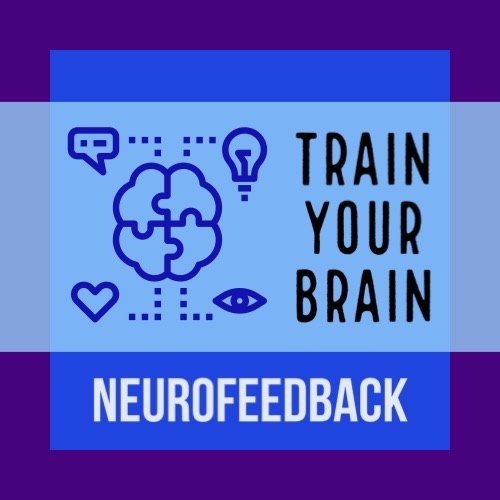
Controlling Your Brain
Is it possible to control your brain activity just like you can control your breathing or heart rate?
The answer is yes! Provided you can measure the activity of your brain's neurons and see it in real time on a screen in front of you.
By observing the different populations of neurons communicating with each other through faster or slower electrical discharges, it becomes possible to take control of your brain state and your attention capabilities.
What is the purpose of QEEG neurofeedback?
Different neurofeedback protocols can, for example, durably reduce stress and anxiety, improve concentration and attention in people with ADHD, regulate sleep disorders, reduce the frequency and intensity of migraines and headaches, help manage depression symptoms, and rehabilitate patients with conditions such as dyslexia, dyspraxia, etc.
What happens during a QEEG neurofeedback session?
In practice, during a neurofeedback session, sensors are placed on the scalp to measure the brain's electrical activity, and these signals are then sent to a computer that analyzes them in real time. The patient is then exposed to visual stimuli that allow them to see their brain activity. By learning to modify this activity, the patient can gradually retrain their brain.
HOW DOES IT WORK ?
Neuronal Rhythms and States of Consciousness
Brain rhythms are electrical waves produced by the brain's electrical activity. Electroencephalography (EEG) is a technique used to measure these waves and record the brain's electrical activity.
There are different types of brain rhythms associated with various states of consciousness. The four main types of brain rhythms are delta, theta, alpha, and beta waves.
Delta waves are the slowest, with a frequency of less than 4 Hz. They are associated with deep sleep, unconsciousness, or coma.
Theta waves have a frequency of 4 to 8 Hz. They are associated with light sleep, deep relaxation, meditation, and creativity.
Alpha waves have a frequency of 8 to 12 Hz. They are associated with relaxation, calmness, and tranquility.
Beta waves have a frequency of more than 12 Hz. They are associated with wakefulness, attention, concentration, stress, and anxiety.
Depending on the combination of these different types of waves, one can determine a person's state of consciousness. For example, when alpha waves are dominant, the person is generally in a state of deep relaxation. Conversely, when beta waves are dominant, the person is usually awake and attentive.
In summary, EEG is a non-invasive method for measuring the brain's electrical activity and establishing correlations between brain rhythms and states of consciousness.
Neurofeedback and Brain Plasticity
Neurofeedback is a therapy technique based on regulating the brain's electrical activity. During a neurofeedback session, electrodes are placed on the patient's head, and their brain's electrical activity is measured in real time. This activity is then presented as visual feedback using a computer screen, a video game, or other interactive means. The patient learns to regulate their brain's electrical activity using relaxation and concentration techniques.
Brain plasticity refers to the brain's ability to change its structure and function in response to experience. This means the brain can modify itself in response to the environment and stimuli and can also reorganize itself in response to injuries or pathologies.
The interaction between neurofeedback and brain plasticity is complex. Neurofeedback leverages brain plasticity to train the brain to regulate its electrical activity. Neurofeedback sessions are designed to help the brain achieve an optimal state of balance by reinforcing beneficial patterns of electrical activity for the patient and reducing those that are harmful.
Results from several studies have shown that neurofeedback can induce lasting changes in brain electrical activity. These changes are often associated with improvements in cognitive, emotional, and behavioral functions. The results can be long-lasting and can extend to various areas of daily life, such as academic performance, work concentration, sleep quality, stress management, and more.
In summary, neurofeedback uses brain plasticity to help the brain regulate its electrical activity, and the changes observed in electrical activity can lead to lasting improvements in cognitive, emotional, and behavioral functions.




